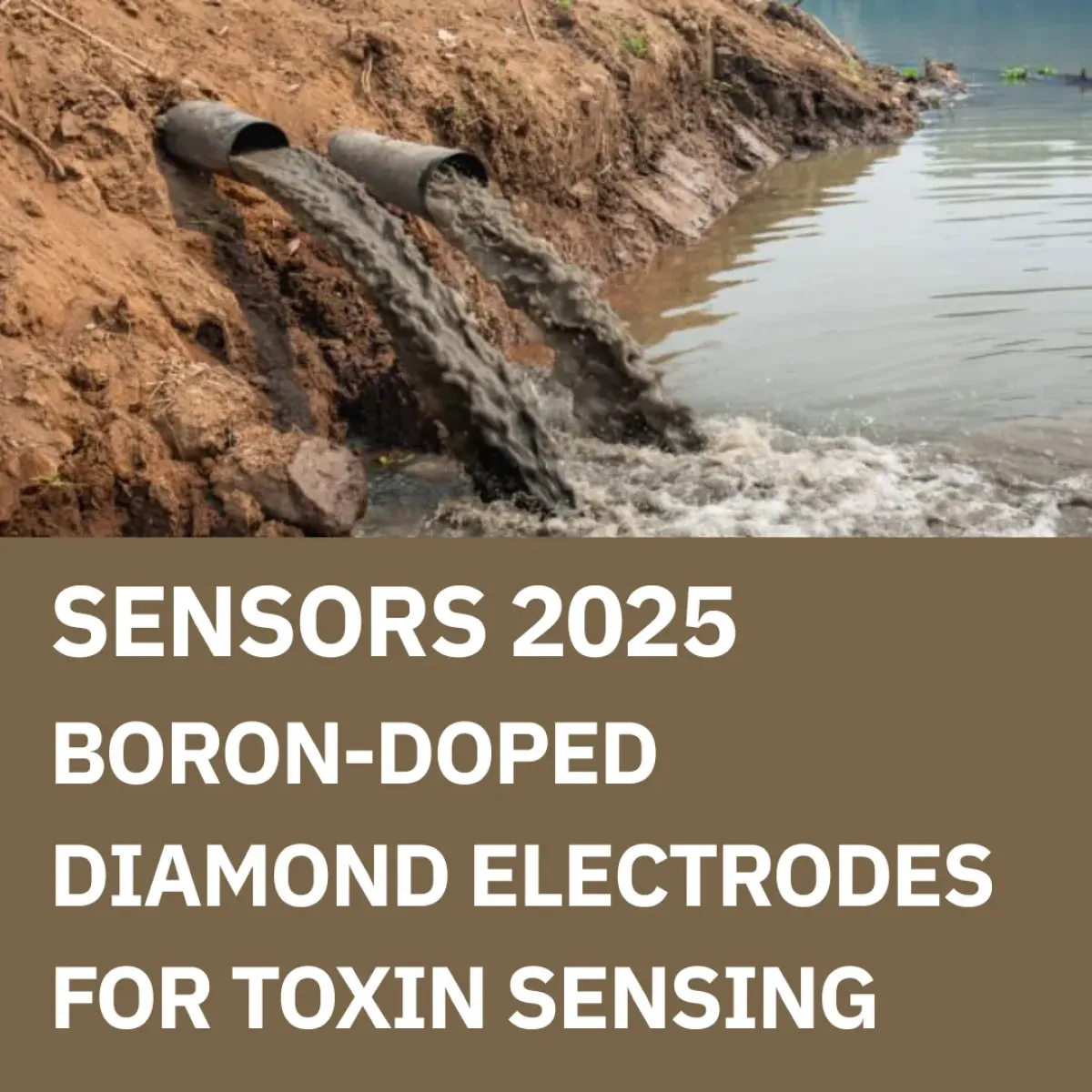
Massive amounts of hazardous chemicals such as pesticides, heavy metals, and industrial pollutants are being discharged into the environment in the name of modern society’s industrialization and growth. These compounds pose serious risks to human health and entire ecosystems, especially when they leak into water sources. Some contaminants (e.g., lead, mercury, cadmium, phenols, and dyes) not only harm aquatic habitats but also accumulate in the food chain, making them long-term threats. Many of these pollutants are highly toxic and persistent, even at very low concentrations.
Massive amounts of hazardous chemicals such as pesticides, heavy metals, and industrial pollutants are being discharged into the environment in the name of modern society’s industrialization and growth. These compounds pose serious risks to human health and entire ecosystems, especially when they leak into water sources. Some contaminants (e.g., lead, mercury, cadmium, phenols, and dyes) not only harm aquatic habitats but also accumulate in the food chain, making them long-term threats. Many of these pollutants are highly toxic and persistent, even at very low concentrations.
Detecting such low concentrations is extremely challenging, even with advanced analytical techniques such as gas chromatography, liquid chromatography, mass spectrometry, and atomic absorption spectroscopy. While these methods are effective, they face several critical limitations: they are labour-intensive, their operation require specialized training, and involve time-consuming sample preparation procedures. In addition, modern laboratory instrumentation and the analytical chemistry necessary for sampling are often expensive. These factors reduce their practicality and efficiency in high-throughput operation and resource-limited environments.
Although laboratory procedures are reliable, they are not well-suited for routine in-situ monitoring, which is essential for detecting spills and mitigating environmental risks in real time. There is a growing demand for innovative, cost-effective, and portable detection technologies. These modern approaches should not only provide high sensitivity and specificity but also enable real-time monitoring to address the escalating environmental challenges posed by hazardous pollutants. Electrochemical sensors offer significant advantages over traditional methods for detecting toxic substances such as pesticides, industrial pollutants, and heavy metals. They are cost-effective, portable, rapid, and easy to use. All these features that make them ideal for on-site applications and daily fieldwork.
However, using these sensors with complex environmental samples presents another significant challenge: electrode fouling. This occurs when target compounds, byproducts, or other impurities from the sample accumulate on the electrode surface. Such contamination reduces the sensor’s sensitivity, accuracy, and durability during prolonged use.
An innovative approach to the material used on the sensor’s electrode for reliable detection, monitoring, and mitigation of toxic chemicals is presented in the review “Boron-Doped Diamond Electrodes for Toxins Sensing in Environmental Samples.” This review introduces electrochemical sensors based on boron-doped diamond electrodes (BDDEs).
Boron-doped diamond is a form of diamond intentionally infused with a small amount of boron atoms, which significantly alters its properties. While pure diamond is an excellent electrical insulator, the addition of boron introduces free charge carriers, making BDD electrically conductive. At higher boron concentrations, BDD can even exhibit superconductivity at very low temperatures. Importantly, it retains the exceptional hardness and chemical stability of diamond, making it highly durable and resistant to corrosion. These combined properties allow BDD sensors to operate under extreme conditions, and their excellent electrochemical performance makes them valuable in both scientific research and industrial applications. BDD electrodes are widely applicable due to their outstanding surface properties: minimal adsorption, a wide potential window, robustness, and high selectivity. The high accuracy and precision of these methods support the broad practical applicability of BDD electrodes across a range of sample types. Recent studies have shown that performance can be further enhanced by strategies such as surface modification (e.g., nanostructuring), formation of composite materials based on BDD, or the implementation of miniaturization techniques.
This review therefore provides a comprehensive overview of the recent literature on electroanalytical applications of BDD electrodes, with a particular focus on their use in environmental monitoring.
Read more in the review published in Sensors 2025: “Boron-Doped Diamond Electrodes for Toxins Sensing in Environmental Samples.” https://doi.org/10.3390/s25072339
Authors: Aleksandar Mijajlovic, Vesna Stankovic, Tijana Mutic, Sladjana Djurdjic, Filip Vlahovic and Dalibor Stankovic